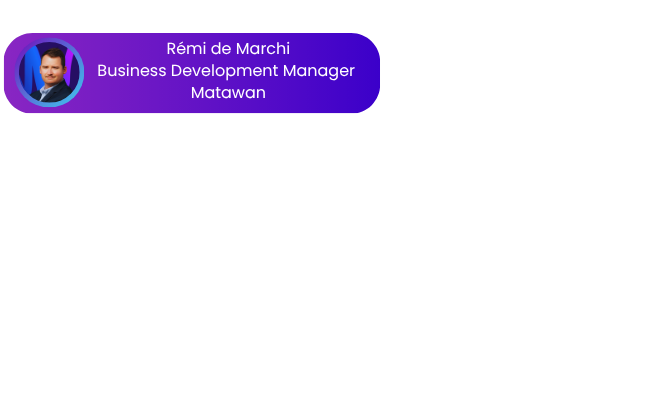A modern fare collection system isn’t just about moving to the latest technology
For decades, cash has been a staple of public transit. The familiar clatter of coins in the farebox and the rustle of bills changing hands have been part of the daily commute. But while cash may seem simple and universal, it carries a heavy burden for transit agencies—a burden of hidden costs that impact everything from on-time performance to operational budgets.
A modern, cashless fare collection system isn’t just about moving to the latest technology; it’s a strategic move to unlock efficiency, improve service, and create a more sustainable financial model. Let’s take a closer look at the true cost of cash and how digital solutions are helping transit agencies thrive.
The Problem With Cash: It’s More Expensive Than It Looks
The process of handling physical money is a logistical and financial drain. The costs extend far beyond the farebox, affecting multiple departments and every stage of the operation.
- Operational Inefficiencies: The time it takes for a single passenger to find exact change or for an operator to manage cash payments adds up. This “dwell time” at each stop slows down the entire route, impacting schedule adherence and the overall rider experience.
- Labor and Logistics: Handling cash is labor-intensive. Agencies must pay staff to collect, count, reconcile, and deposit cash from an entire fleet. This also often involves expensive third-party services like armored cars to transport the revenue safely. As an example, the Greater Richmond Transit Company once reported spending $1.6 million to collect just $7.4 million in fares – a clear illustration of how these costs can eat into revenue.
- Security Risks: Physical money on board is a security risk for both operators and passengers. Cash handling increases the potential for theft and exposes employees to unnecessary danger, creating a less secure environment for everyone.
- Maintenance and Hardware: Traditional fareboxes and vending machines that accept cash are complex to maintain and repair. The mechanical components for sorting, validating, and storing currency are prone to wear and tear, leading to higher maintenance costs and downtime.
The combination of these factors means that every dollar collected in cash is far less valuable to a transit agency than a digital payment.
The Digital Solution: A Win-Win for Agencies and Riders
A cashless or cash-light fare collection system, powered by a modern SaaS platform, directly addresses these challenges and delivers significant benefits.
For the Transit Agency:
- Massive Cost Savings: By reducing or eliminating cash handling, agencies can drastically cut costs related to labor, security, and hardware maintenance. Some data suggests that digital fare handling can be more than three times more efficient than cash.
- Real-Time Data and Insights: Digital systems provide an unprecedented level of visibility into ridership patterns. Agencies can collect and analyze real-time data on everything from peak travel times to popular routes. This data is invaluable for making informed decisions about route planning, service frequency, and resource allocation.
- Improved Operational Efficiency: Faster boarding times mean buses and trains can stay on schedule more consistently. This improved on-time performance not only saves money but also builds rider trust and encourages more people to use public transit.
For the Rider:
- Unmatched Convenience: Riders can simply tap their phone, smartwatch, or contactless credit card to pay their fare, eliminating the need to carry cash or wait in line. This seamless experience makes spontaneous travel easier and more appealing.
- Fairer Fares with Fare Capping: Modern systems use account-based ticketing (ABT) to ensure riders always get the best value for their money. With fare capping, no matter how many times a rider taps, they will never pay more than the cost of a daily, weekly, or monthly pass. This gives riders the flexibility of pay-as-you-go while also providing the savings of a pass, which is a major benefit for occasional or lower-income riders.
A Thoughtful Transition: Serving All Riders
While the benefits of going cashless are clear, it’s crucial to acknowledge that a significant portion of the population is unbanked or underbanked. A thoughtful transition doesn’t mean leaving these riders behind; it means providing them with equitable and accessible alternatives.
This is where a modern platform comes in. It can support solutions like:
- Off-board cash loading: Riders can convert cash to a digital account or a reloadable transit card at a network of retail locations, such as grocery stores or convenience stores.
- On-board cash digitization: Instead of relying on expensive, complex fareboxes, agencies can utilize a simple, mechanical farebox that is nearly 10 times less expensive. When paired with a driver-operated, handheld validator and console, the operator can assist riders in digitizing their cash payments, offering a simple and cost-effective way for cash-dependent riders to transition to a modern system.
- Account-Based Ticketing (ABT): This system decouples the fare payment from the physical ticket or card. Riders can use various media—a phone, a smart card, or a contactless bank card—and the system automatically calculates the correct fare in the back end.
The Future is Cash-Light with Matawan
At Matawan, we believe the future of fare collection is efficient, equitable, and digital. Our SaaS platform is designed to help transit agencies transition away from the costly burden of cash, providing a seamless experience for both operators and riders. By leveraging our platform, you can reduce operational costs, gain actionable insights from ridership data, and improve the overall quality of your service.
We provide the tools to not only make the move away from cash but to do so in a way that is inclusive and designed for the modern rider.

